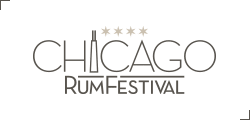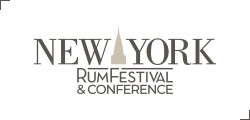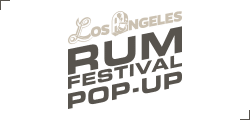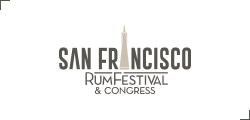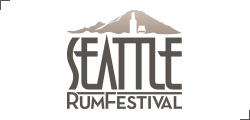Rum Runners in the 1920s, “The Dry Decade”
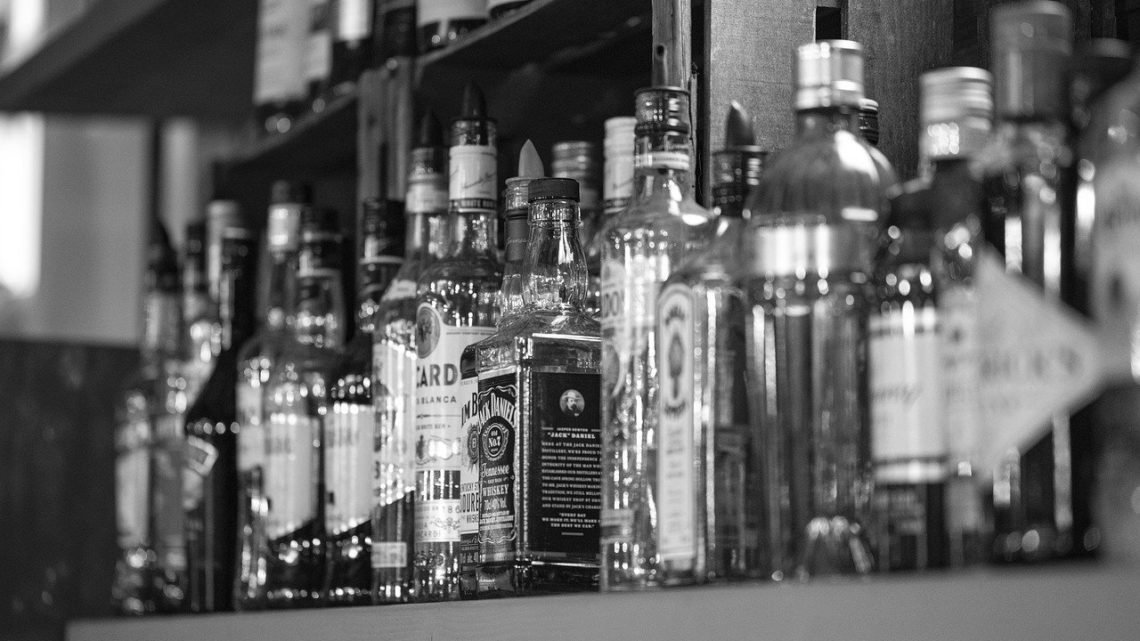
Table of Contents
- Prohibition: The Thirteen “Dry” Years
- The Profitable Smuggling Business of the 1920s
- “The Real McCoy”
- The Badass Liquor Bosses
- The Floating Liquor Market
- The “Speakeasies”
- The Rum War
- The Bright side of Prohibition…
- The Bartenders’ Migration
- A New Era of Cocktail Culture
- Fly to Cuba and Bathe in BACARDI Rum!
- The Dark Side…
- The Eighteenth Amendment’s Repeal
For centuries, rum has been part of many important episodes of history. One of them is known as Prohibition, which took place in the United States in the 1920s.
Let’s see how this period reinvented drinking in America.
Prohibition: The Thirteen “Dry” Years
It is the beginning of the 1920s, World War I ended and most of the countries are dealing with the post-war recession; while, in the U.S., a new law or “Noble Experiment” goes into effect as well as a new business model.
From 1920 to 1933, the Eighteenth Amendment to the Constitution of the United States of America enacted the national prohibition of the manufacture, sale, and consumption of alcoholic beverages. This period, named “Prohibition”, started on January 17th, 1920.
Prohibition was rooted in more than a century of anti-alcohol activism, in response to alcohol-related social and economic problems. In the first decades of the 19th century, temperance movements – not only in the U.S. but also in Canada and Great Britain – started agitating for a ban on alcoholic beverages. Some of them included the Christian Civic League, the Anti-Saloon League, and the Woman’s Christian Temperance Union (WCTU).
The WCTU was one of many national organizations in the U.S. that succeeded in getting communities, counties, and states support to limit alcohol intake. It also received the support of the Prohibition Party, which aimed at electing politicians opposed to alcohol consumption.
In the early 1900s, temperance reformers started to point to liquor as the agent that destroyed moral character and family happiness. Their rhetoric about the dangers of alcohol presented drinking as “the consummate social evil” – a catalyst for moral, economic, and spiritual demise [1].
Later on, several articles in the major newspapers began to point out the “alcohol’s ill effects” [1]. Yet, Prohibition supporters were not just concerned about those effects; they were also motivated by a desire to defeat political corruption. There was a generalized public resentment over the corrupting influence of the saloons, the primary purveyor of liquor for the working-class.
Furthermore, World War I had already brought more restrictions in the production and sale of alcoholic beverages as the Selective Service Act, signed by President Woodrow Wilson in 1917, prohibited alcohol sales to officers and enlisted men while in uniform to aid the war effort.
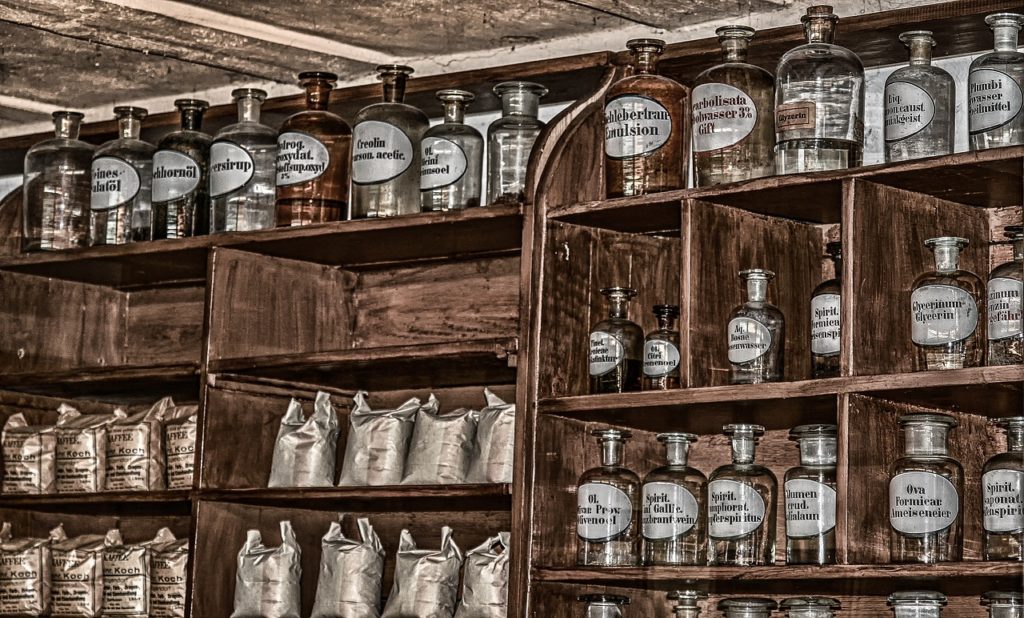
This is how efforts to prohibit alcohol gained enormous traction with the limits on distilling and brewing and with many concerns toward the increasing numbers of immigrants in the 1920 census, who were assumed to increase alcohol consumption. Eventually, dry advocates set a goal of enacting a national prohibition amendment to the U.S. Constitution.
As Prohibition went through the years, it received different adjectives, “the roaring twenties”, “the dry decade”, “the lawless decade”, and “the era of excess”. In Andrew Lefebvre’s words, each name evokes mental images different in nature, but with a common influence: smuggling, speakeasies, and all the inherent opportunities and challenges associated with them [2] [3].
The Profitable Smuggling Business of the 1920s
Although thousands of family-run distilleries went out of business, the alcohol restrictions inspired countless methods for transporting illegal liquor. In this vacuum, smugglers sought to meet demand by importing alcohol from surrounding countries where its trade remained legal: Canada, Mexico, the Bahamas, and Cuba – all of which had plenty of reasons to want to encourage Americans to continue to drink despite the law.
Rum was very popular at the time. In the beginning, it became the cheapest and simplest liquor of choice to ferry between the Caribbean islands and the Atlantic coast. So, the speedy boatmen and their varied craft were called “rum runners”, the most enduring images of the Prohibition Era.
The term “rum-running” originated in 1916 and was then used during Prohibition when ships from Bimini in the western Bahamas started to transport rum to Florida speakeasies [4]. However, as rum was a low-profit item, the rum runners began to smuggle Canadian whisky, French champagne, and English gin as well. This is how soon the name became a synonym of the water-based smuggling of imported liquor, regardless of the type of alcohol the boats were carrying.
“Bootlegging” was another term used to define the illegal manufacture, transport, distribution, or sale of alcoholic beverages. The difference between both terms is that rum-running was more commonly applied to smuggling over water while bootlegging was applied to smuggling over land.
Most of the rum runners were common citizens from a variety of backgrounds. Nevertheless, as early as 1921, southern newspapers reported that smuggling immigrants were a growing sideline of rum runners: It was “an infant industry which bids fair to become second only to bootlegging (…) and it is said the two operations are carried on in conjunction in many cases” [1].
The financial implications of such a trade are stunning. In 1929, the Association against the Prohibition Amendment estimated that at least 90% of Canada’s liquor export was destined for the U.S. The total known liquor export was about USD 30 million annually, but the American liquor market spent nearly USD 100 million on Canadian liquor alone in 1928 [5].
Rum runners operating out of Cuba also fed a nationwide black market for booze. The liquor shipped from Cuba supplied the floating liquor market that developed off the coasts of major cities in the Northeast.
Henry Kime, an undercover agent in Havana, outlined the financial aspects of smuggling in a 1927 report. He estimated there were at least twenty-eight ships engaged in smuggling docked in Havana at any one time and forty-five or so that regularly smuggled liquor from Havana to the U.S. The report also highlighted that Havana alone supplied the U.S. with approximately 500,000 cases of illegal booze every month, totaling 6 million cases per year [1].
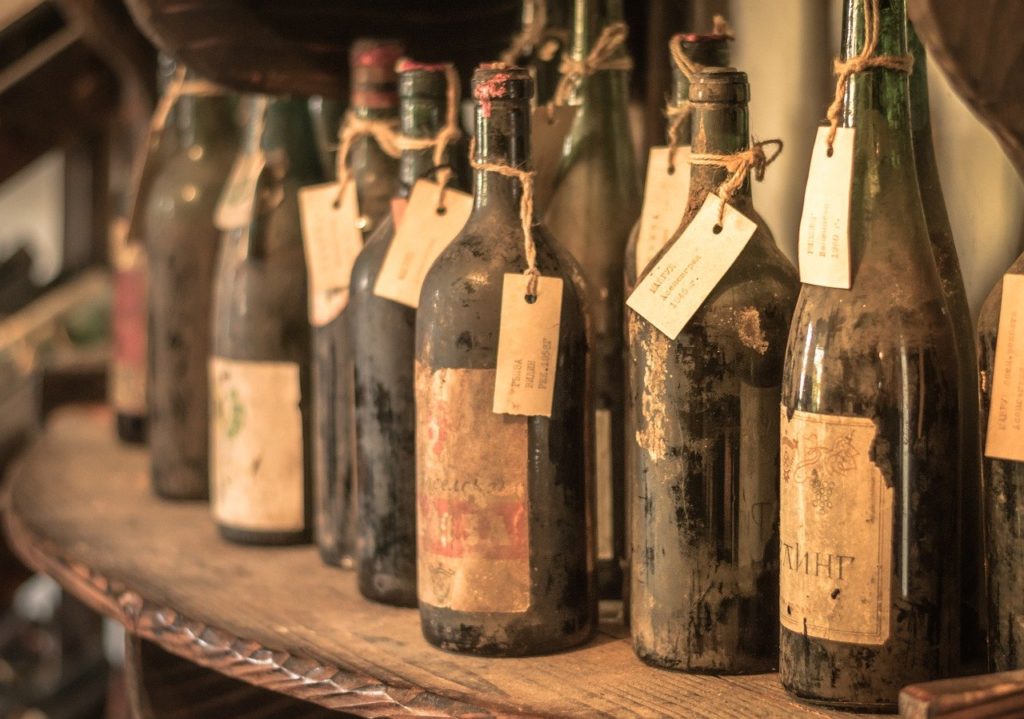
In the same way, the transit trade and Cuba’s export of rum offered European liquor producers the chance to maintain their American market by shipping liquor to the island, knowing that it would eventually make its way into the U.S.
Most of the Caribbean islands were also happy to take European liquor, profiting from the increase in customs revenues from foreign products. Hence, Cuba was not alone in offering its ports as transshipment points, but it had one primary advantage over its island neighbors, especially the Bahamas.
“The Real McCoy”
Captain William “Bill” McCoy was an enterprising former merchant sailor that became one of the earliest and most successful rum runners. He used to bring rum from the Bahamas into south Florida through Government Cut.
During those years, a common practice among captains was to add water to the liquor bottles to stretch their profits or to re-label it as better goods. McCoy was famous for “never” adding water to his booze and selling only high-quality brands, so bootleggers started to use the term “the real McCoy” to describe good liquor.
The Coast Guard soon caught up with him, so he began to bring the illegal goods just to the edge of the three-mile (4.8 km) limit of U.S. jurisdiction and sell his products there to “contact boats”, local fishermen, and small boat captains. Others quickly followed him, and the three-mile limit became known as “Rum Row.”
The Badass Liquor Bosses
The 1920s was an important decade for women’s empowerment. The WCTU not only forced the issue of alcohol onto the national political stage but also used its efforts to enhance women’s larger public influence and their direct political participation.
Yet, women also got into the liquor industry. During those years, you could see women drinking in the speakeasies and home cocktail parties. They played a significant role in importing liquor into the U.S. as well. A considerable number of women found a foothold in an arena that had excluded them, as consumers, producers, and merchants. Eventually, some of them became “badass liquor bosses.”
Many ships that reached Florida’s shores were manned by women. The most famous female rum runner was Gertrude “Cleo” Lythgoe, also named “The Queen of The Bahamas” or “The Queen of Rum Row”. She became well-known for her highly profitable liquor shipping operation in those years.
Lythgoe quickly found a way to set up a wholesale liquor business in Nassau, Bahamas, and run bootlegged spirits to the U.S. Her position among rum runners in Nassau was enviable, as she was the only woman to hold such an extensive liquor license during Prohibition.
Another rum runner of the era was Marie Waite or the “Spanish Marie”, who entered the business in 1926 when her husband died at the hands of rum competitors. She built a boozy empire by moving her liquor between Havana and Key West. By 1927, she was the trade’s undisputed leader that racked up million dollars.
The Floating Liquor Market
The floating liquor market or “Rum Row” ran from New York to Atlantic City, 12 miles (19.3 km) out in international waters to avoid the U.S. Coast Guard. While floating at sea on the Rum Row, boats used to post handwritten signs on the riggings, showing the names of their liquors and prices.
The rum runners had specially made boats that could travel at a much faster speed than any of the boats the coast guard had. These high-speed boats were often luxury yachts and speed boats fitted with powerful aircraft engines and machine guns to avoid being caught by law officials. Ironically, some of these crafts were built in South Florida boatyards [6].
Well-known smugglers like Al Capone, Savannah Unknown, and McCoy used the French islands of Saint-Pierre and Miquelon, located south of Newfoundland as important operation bases. The Gulf of Mexico also teemed with ships running from Mexico and the Bahamas to Galveston, Texas, the Louisiana swamps, and the Alabama coast. The biggest Rum Row was on the New Jersey coast, with more than 60 ships at one time.
Once the liquor was dispatched to the “Rum Row,” it was concealed on ships and sent directly to Florida, or it was transferred to Bimini or to some of the smaller cays where it was stored and peddled off. Aided by fishermen, the cargoes were immediately transferred to waiting vehicles [6].
It is said that individual bootleggers transporting booze by land would hide it in automobiles under false floorboards with felt padding or in fake gas tanks. Often it was camouflaged as fish, citrus fruit, or vegetables. When the liquor was in the city, consumers had to find a way to hide it themselves. At home, people used to keep booze hidden in closets, furniture, or in their basements.
The “Speakeasies”
The term comes from the two-word phrase “speak easy,” a phrase that was popularized by the American journalist Samuel Hudson in 1889 when he applied it to illicit liquor joints. Prohibition made hundreds of breweries go out of business and put an end to the saloons, but underground “speakeasies” replaced them.
Speakeasies were secret illegal bars springing up all over the country, often located behind doors painted green. These were used for entertainment and illegal alcohol consumption and were located in major cities like New York, Chicago, and Boston. The local bootleggers ran and supplied thousands of speakeasies. Among them was Al Capone in Chicago and Big Bill Dwyer, the “King of the Bootleggers” and Mob bosses Charles “Lucky” Luciano in New York.
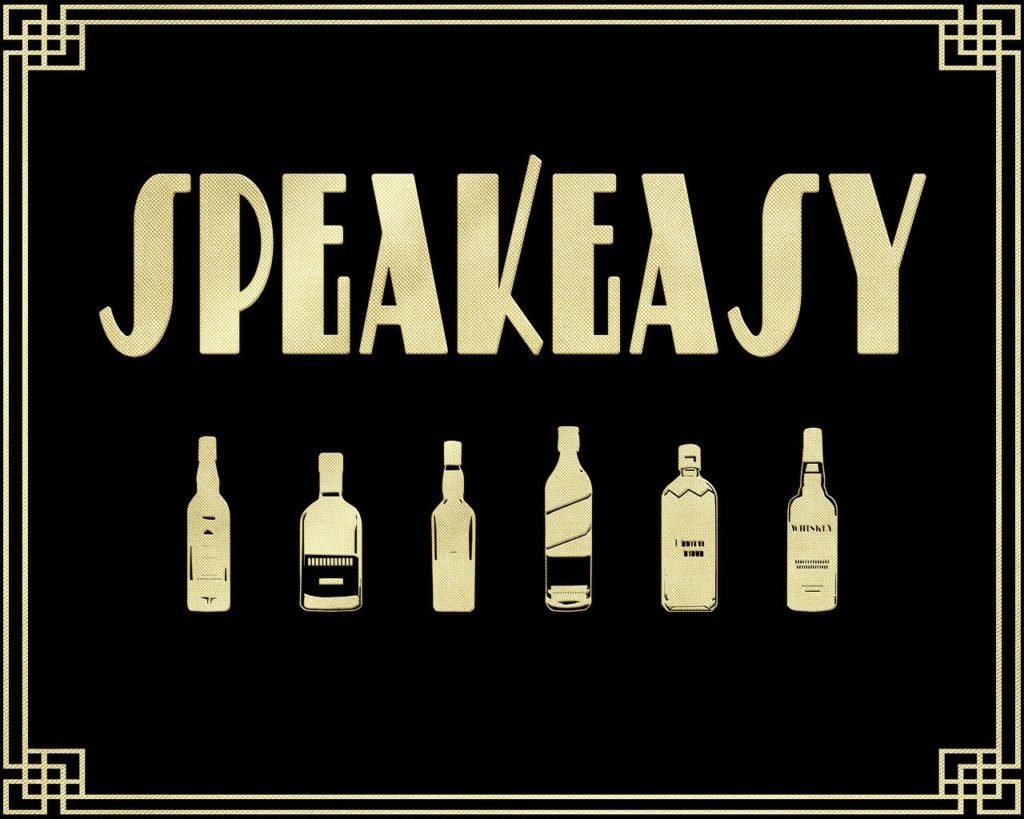
The Rum War
The Coast Guard, the Customs Bureau, the Bureau of Immigration, the State Department, and what one government agent called “Uncle Sam’s booze cops of the West Indies” were in charge of implementing the U.S. law enforcement.
In 1923, Congress voted to disburse funds to the coast guard to prevent smuggling [4]. Then, rum-running became more risky and expensive when the U.S. Coast Guard began searching ships at greater distances from the coast, using fast motor launches of its own.
But, Prohibition encouraged an unprecedented expansion of the federal government to conduct the war on alcohol at home and beyond the nation’s borders. One of the largest problems with enforcing Prohibition was that Ontario enacted similar (but with some differences) acts to govern the sale, consumption, and manufacture of intoxicating liquors.
The Prohibition in Canada lasted only a few years and its version of prohibition did not include a ban on the manufacture of liquor for export. The U.S. tried to persuade the Canadian Government to make their laws more favorable for catching smugglers, but Parliament refused to prevent alcohol exports to the U.S. and indeed profited from those exports, imposing a USD 20 duty on each case of alcohol exported to the U.S. [1] [3].
What is more, the Bahamas capitalized on its colonial status with England and its proximity to Florida and profited enormously as a liquor distribution point for rum runners. However, Cuba found itself in a more difficult situation than either Canada or the Bahamas. It was this situation that led authorities in the U.S. and Cuba to negotiate the Anti-smuggling Treaty or Rum Treaty. The treaty altered rum-smuggling out of Havana, but it did not end it [1].
At least, initially, the U.S. government’s efforts had some effect, as Cuban officials prevented suspected rum runners from leaving Cuban ports. Nevertheless, as was mentioned before, rum runners designed creative strategies and tricks to escape the law [4].
One official at the time commented: “This move means a real liquor war and what I mean is war (…). The rum runners are organized. They have a fund to provide for the defense of any of their men who are captured. And they have placed a price on the heads of any of our most active coast guardsmen” [6].
Despite a decade of effort, liquor continued to make its way to southern beaches where rum runners transported it to markets near and far, as Americans continued drinking, creating the demand that kept bootleggers in business [1]. Even so, the number of bootleggers who made liquor deliveries to support their families increased considerably as the U.S. entered the Great Depression in 1929.
According to one British traveler of the twenties, “Florida, from my personal experience in it, was the wettest country I have ever known (…) There was not even an ‘attitude’ towards Prohibition, people had simply forgotten about it altogether (…) I should say that during the boom there must have been more alcohol per head consumed in Florida than in any other country in the world” [6]. Now, you could infer who won this war.
The Bright side of Prohibition…
As in any story, there are two sides. Because of entrepreneurial adaptability, for many scholars Prohibition was as much a Caribbean story as it was U.S. history. The routes of growing authority and illegal activity supported the emergence of the Caribbean and southern tourism industries. It also brought new spirits on the scene, as well as a new cocktail culture.
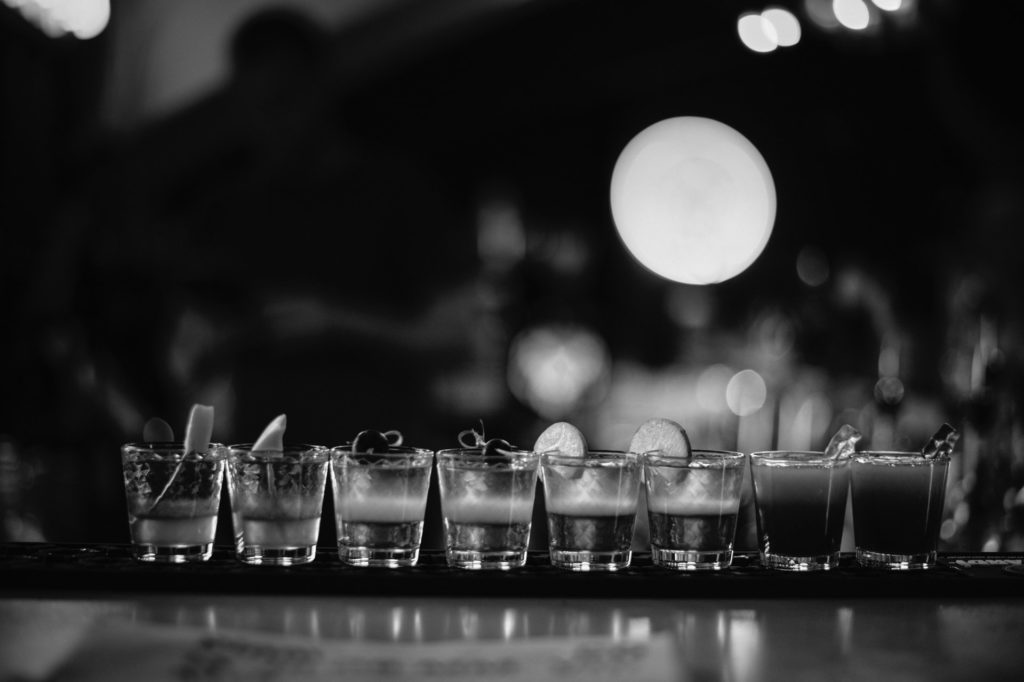
The Bartenders’ Migration
Prohibition did a lot of damage not only to brewers, distillers, and merchants but also to bartenders. Bars all over the country closed their doors; as a result, bartenders had to find new opportunities to succeed, for example, many of them moved to Europe and the Caribbean.
In February 1920, a newspaper reported that a dozen unemployed bartenders were leaving Chicago alone every day [7]. At the time, Havana was one of the world’s most beautiful cities with a thriving economy and a cosmopolitan culture. Therefore, a considerable number of bartenders migrated to Cuba, which represented an enormous opportunity to continue practicing their careers.
American bars were spread over the city to satisfy thirsty citizens, “Americans took over virtually every bar” [7]. Reports suggest that there were around 7,000 bars in Havana in the 1920s. But, it was not just bartenders that emigrated, even some distilleries and breweries relocated to the island.
A New Era of Cocktail Culture
Prohibition played a key role in spreading America’s cocktail industry to the rest of the world. During the dry years, there was not a lot of choice in spirits. Many people had to drink whatever they could find, and quality was not always guaranteed; but cocktails could make the undrinkable drinkable, because of the drinks’ abilities to mask the illicit liquor of the day.
Prohibition indeed destroyed the cocktail culture that preceded it, still, it opens the door for a new cocktail trend. The 1920s set off a diaspora of bartending talent, and American bartenders continued to be inventive. Among the cocktails that were reportedly created during Prohibition were the Last Word, Bee’s Knees, Mary Pickford, Sidecar, Monkey Gland, Ward Eight, French 75, Tom Collins, and the Bacardi Cocktail.
Regarding the Bacardi Cocktail, Brian Frye stated that it was “the Cosmopolitan of the Jazz Age.” It was created in about 1913, but Prohibition increased its popularity, as wealthy Americans vacationing in Cuba, where booze was both legal and inexpensive, enjoyed Bacardi cocktails [8].
Fly to Cuba and Bathe in BACARDI Rum!
Only a few distilleries survived Prohibition, setting the stage for major players that still dominate the spirits market today, like Bacardi. Before the ban, the Bacardi Company was the dominant supplier of white rum to the U.S. During Prohibition, it became the rum of preference and its name was used to describe the entire category.
While Cuban bars offered American tourists whatever they wanted to drink, most of them wanted Bacardi rum, typically in a daiquiri or Bacardi cocktail. When they got home, they also expected speakeasies and bootleggers to offer Bacardi rum [8]. There was also a tendency to equate “white rum” and “Bacardi”. In fact, many bootleggers and speakeasies sold generic white rum as “Bacardi.” In 1930, the New York Times used the word “Bacardi” to mean “rum from Cuba”:
“Today’s word “rum,” used in a broad sense to designate all kinds of forbidden liquors, may refer to the “corn” of the South, Bacardi from Cuba, apple-jack or “Jersey lightning,” or the “red ink” of Greenwich Village” [8]
How could this happen? The answer is simple, marketing. This was an era that presented Bacardi Limited a significant challenge – for not selling its rum to its most lucrative market – and plenty of opportunities as well. Bacardi Limited had no choice but to close the newly established bottling plant in New York, but they could recognize a simple and effective solution to the Prohibition problem: to bring Americans to Cuba.
If the Prohibition policy did not allow people to drink Bacardi rum in the U.S., Bacardi Limited will sponsor a very tantalizing promotion that will make the people there flock to Cuba to drink as much Bacardi rum as they wanted. The company designed an innovative campaign to put the tropical paradise of rum on the map. They also mailed out postcards illustrating the allure of Havana nightlife and BACARDI rum cocktails to numerous addresses in the U.S. [9].
A major airline was also part of the campaign, which had an advertisement that invites Americans to “Fly to Cuba and Bathe in BACARDI rum.” Once at the airport, Bacardi’s first bartender, Pappy Valiente, would be waiting to greet incoming guests with a daiquiri or a mojito in hand.
Furthermore, although selling alcohol was illegal, reading recipes to make cocktails was not. On one side, Bacardi advertised vacations in Cuba, on the other, the company promoted its brand in books, as liquor advertisements and booklets about cocktails.
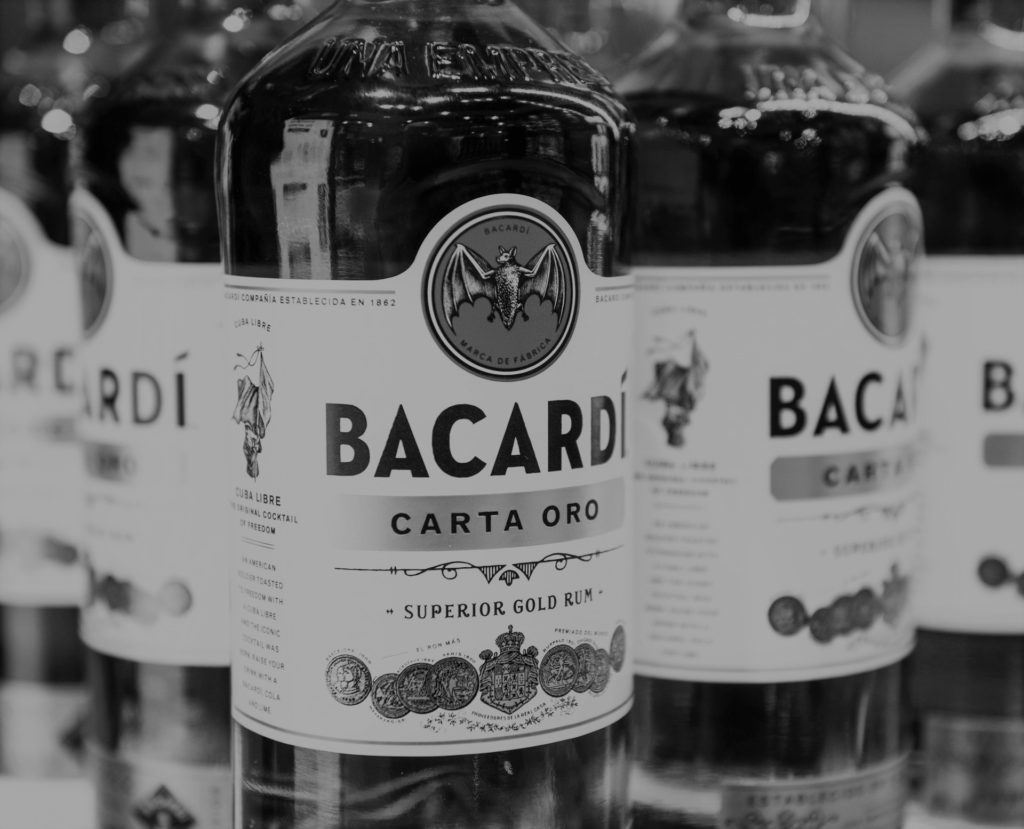
The strategy succeeded. Many tourists from the U.S. flocked to the lively Havana bar scene, and one of Cuba’s first skyscrapers, the Edificio Bacardi, opened its elegant black-and-gold art deco bar to celebrities and entertainers and even the Spanish royal [9].
Enrique Schueg played a strong leading role in Bacardi Limited during those years. His excellent vision made tourists visit Cuba during Prohibition to enjoy the music, stage shows, cocktails, and gambling for which Cuba became famous. His leadership branded Cuba as the home of rum, and Bacardi as the king of rums. Certainly, American tourism to Cuba increased month by month [7]. By the end of Prohibition, Bacardi was still popular in the U.S., even more than before.
The Dark Side…
Franklin P. Adams, in the New York World in 1931, published: “Prohibition is an awful flop. We like it. It can’t stop what it’s meant to stop. It’s left a trail of graft and slime, It’s filled our land with vice and crime, It doesn’t prohibit worth a dime. Nevertheless, we’re for it” [1].
What Prohibition intended to achieve was the business end of alcohol, its supply-side rather than its demand side, and guaranteed the growth of a vast black market in booze. Still, despite the promises of Prohibition’s supporters, history shows us that the American people were unwilling to give up liquor.
One effect of Prohibition was corruption [2]. According to the author Lisa Lindquist Dorr, what everyone saw was “the corruption spurred by the dry era.” Despite the law, the liquor market never disappeared, as in several American cities, local authorities often worked with bootleggers [5].
Many officials had been corrupted, citizens had lost respect for the law, and the courts had been overwhelmed with individuals charged with crimes. Moreover, the media had even accused Prohibition agents of outright murder in their efforts to enforce the nation’s dry laws [1].
Another effect was the destruction of inner-city communities. Both rum runners and bootleggers banded together to form smuggling conglomerates. Crime increased, nightlife drastically changed, and immigrants significantly influenced drinking statistics. Official crime statistics showed that during this period the per capita murder and the assault-by-firearm rate rose steadily [2].
“Smugglers capitalized on an increasingly unpopular law, advantageous geography, a modernizing South, and the region’s historical sympathy to drinking to create an organized and profitable industry that served the interests of the nation’s drinking population” [1].
For many observers, the liquor traffic was simply “too extensive, too profitable, and too persistent” to ever be fully stopped. It was clear that Prohibition had not eliminated any of the nation’s social ills; indeed, it had very likely created more problems. Those issues eventually inspired citizens to organize and successfully advocate for the Eighteenth Amendment’s repeal.
The Eighteenth Amendment’s Repeal
In 1933, after the election of Franklin Roosevelt as President, Congress approved a resolution to overturn the Eighteenth Amendment, putting an end to the rum-running game.
In his analysis of Prohibition in Philadelphia, Paul Frazier argues, “Prohibition was more a story of individuals who fought to make money from the illegal alcohol trade” [5]. Another analysis suggests that this story, instead, provides strong evidence that this period had a significant social and cultural impact on drinking in American culture.
As final a thought, more than other sources of bootleg booze, rum-running had, and perhaps still has, what one writer in the Saturday Evening Post called “a romantic tinge.” In 1926, he noted, “the booze that comes from Rum Row still looms largest in the public mind” [1].
Sources
[1] Dorr, Lisa Lindquist. A Thousand Thirsty Beaches: Smuggling Alcohol from Cuba to the South during Prohibition. UNC Press Books, 2018.
[2] Boaz, David. “The failure of prohibition.” Economic Affairs 11.2 (1991): 12-14.
[3] Lefebvre, Andrew. “Prohibition and the Smuggling of Intoxicating Liquors between the Two Saults.” Northern Mariner/Le marin du nord, 11.3 (July 2001): 33-40.
[4] Przybylek, Leslie. “Smithsonian Connection: Model of a Rum Runner.” Western Pennsylvania History: 1918-2018 (2018): 18-19.
[5] Olewniczak, Timothy. “Giggle water on the mighty Niagara: Rum-runners, homebrewers, redistillers, and the changing social fabric of drinking culture during alcohol prohibition in Buffalo, NY, 1920–1933.” Pennsylvania History: A Journal of Mid-Atlantic Studies 78.1 (2011): 33-61.
[6] Carter, James A. “Florida and rumrunning during national prohibition.” The Florida Historical Quarterly (1969): 47-56.
[7] Cameron, Ian. “The American bartender invasion of 1920s Cuba.” Difford’s Guide.
[8] Brian L. Frye, “It’s Your #!”: A Legal History of the Bacardi Cocktail, 27 U. Miami Bus. L. Rev. 1 (2018). 27:1
[9] Inamete, Ufot B. “Strategic management and multinational corporations: A case study of Bacardi Limited.” Global Business Review 15.2 (2014): 397-417.







